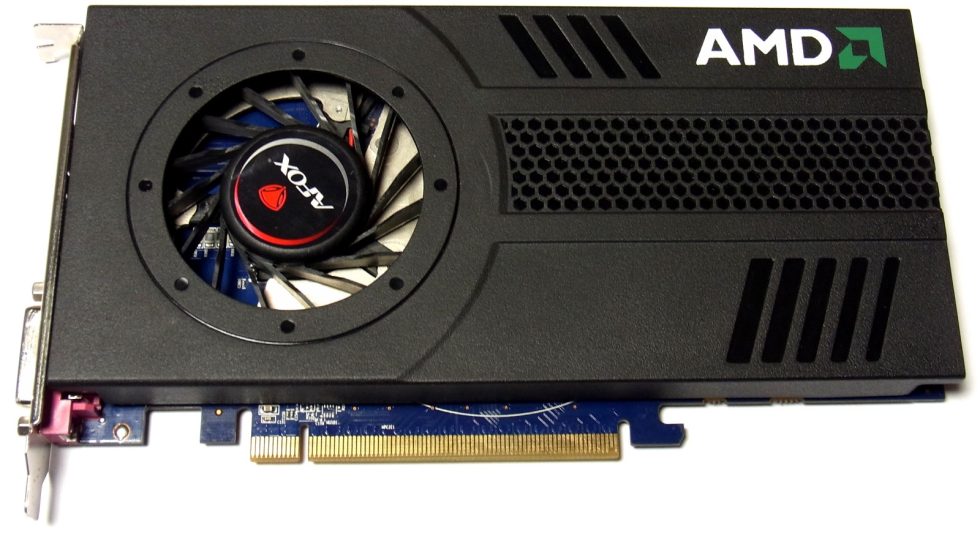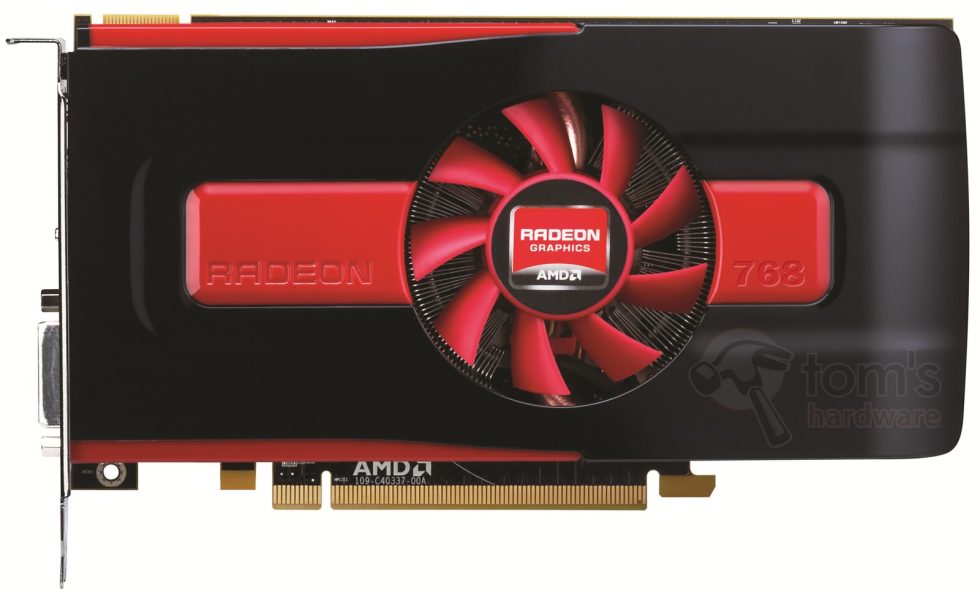Why do you think there was no HD 7830, but the rather unloved HD 7790? We had reported in a news item back then that we came across a board during the test of a new Radeon HD 7850 in the rare singleslot design, which didn’t contain a normal Pitcairn chip with 1024 shader units, but a weaker engineering sample with only 768 shader units. After lively correspondence and several phone calls with AMD and the board manufacturer in question, it could be clarified without a doubt that the installed chip is a special chip that was only used by AMD Shanghai for in-house development purposes and should never be sold in this form, let alone in test labs like ours. But he did!
What is the purpose of such a chip then? It is important for AMD’s board partners to get GPUs as early as possible so that they can develop the boards. On the other hand, from AMD’s point of view, due to inevitable leaks, it is again a concern not to let the performance of the final product be known too early. Engineering samples like the one we are dealing with serve as a compromise: Electrically and thermally, they reflect the later chip well and allow the manufacturers to develop their boards relatively early while AMD does not have to fear revealing anything about the performance.

We would like to explicitly point out that the prototype of the single-slot HD 7850 that we tested will later be available on the market with a regular Pitcairn chip and 1024 shader units. We also emphasize that the benchmark run of the engineering sample we publish on the next pages is purely theoretical, since AMD unfortunately does not currently plan such a chip according to its own statement. Nevertheless, we found the measured values extremely exciting and the exclusively positive feedback in most forums should be reason enough to share these actually pleasing results for AMD with the eager readers in this article. So it’s a pure “what-if” article, especially since dreaming should definitely be allowed. Even though there was unfortunately never an HD 7830 later on.

Original article from 2012
But what makes this chip, which was never supposed to see the light of day, so interesting now? Without wanting to anticipate the following benchmarks, let’s take Crysis 2 as an example and set the usual options in this performance class: DirectX 11 mode with a resolution of 1920 x 1080 pixels, AFx16, quality level on extreme and 2x MSAA. A Radeon HD 7850, which can currently be purchased for about 210 Euros, easily manages this requirement with almost 41 frames per second, but the next smaller card in the form of the Radeon HD 7770, which costs about 110 Euros, fails very clearly at the gaming limit with 28 frames per second. In between, there is a brutal gap of 13 frames per second and a price difference of 100 Euros, which decide between playability and disappointment. The arithmetical midpoint between both cards would be around 160 Euros, respectively 35 frames per second. And – tadaa – the chip we tested lands at 36.5 frames per second.
It is exactly this gap that AMD should actually fill, because it is unnecessarily given away and currently also unoccupied territory. Thus, the following test not only represents the values of the review sample, but also reflects the wishes of many readers with a not quite as bulging wallet. We hope that those responsible will read this article and the comments carefully, because even if it is not really part of our job to help companies on their way – the customer certainly wants this chip. Even with possible minor limitations, which we’ll get to later.

































8 Antworten
Kommentar
Lade neue Kommentare
Moderator
Veteran
Neuling
Moderator
Urgestein
Mitglied
1
Alle Kommentare lesen unter igor´sLAB Community →